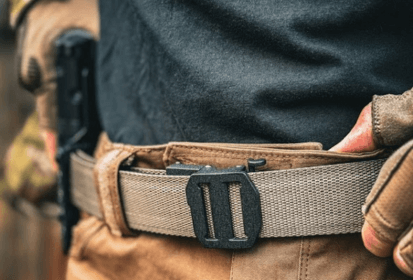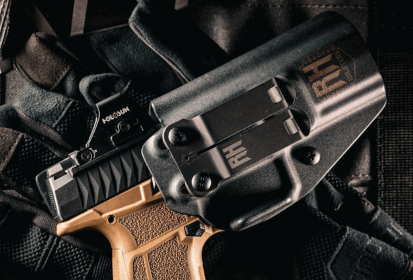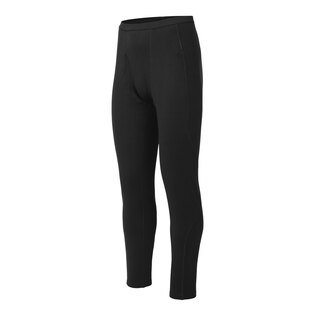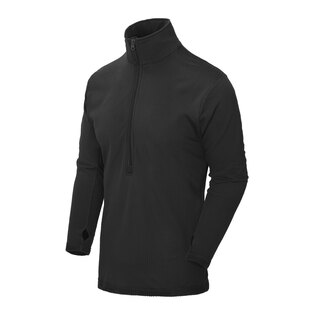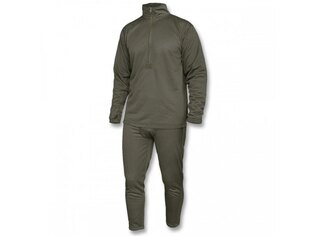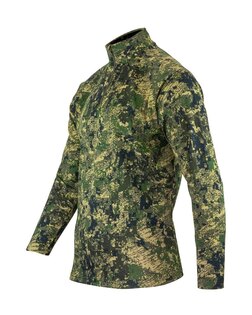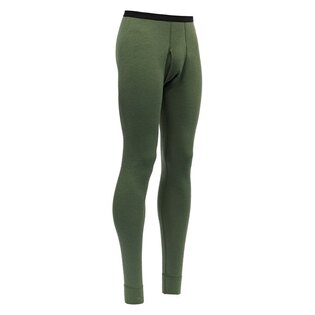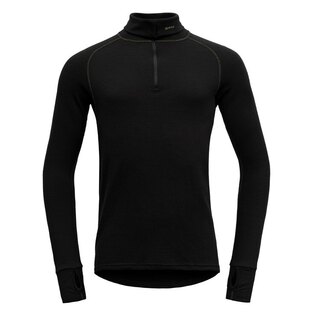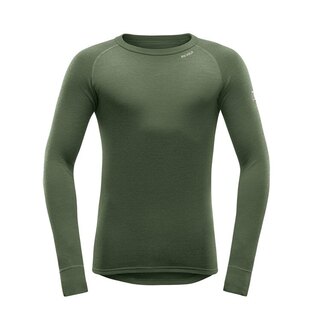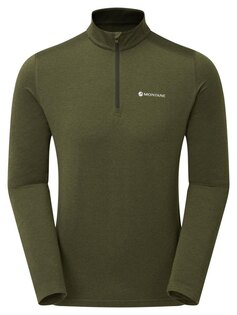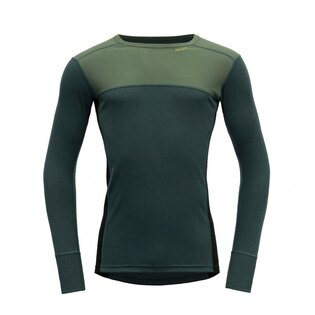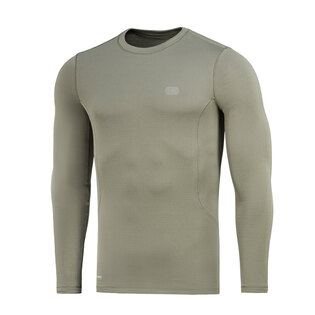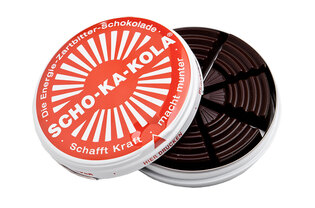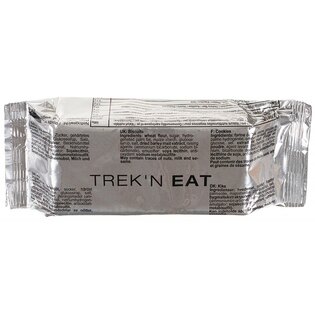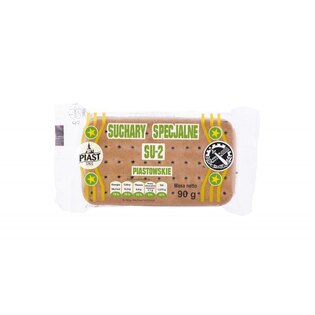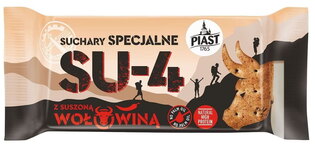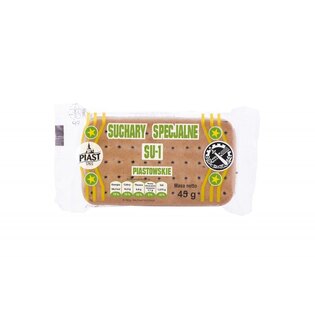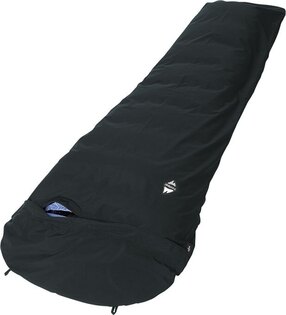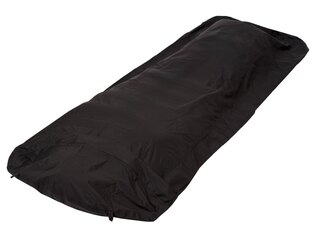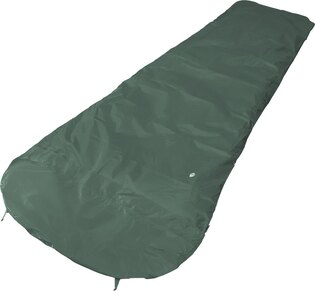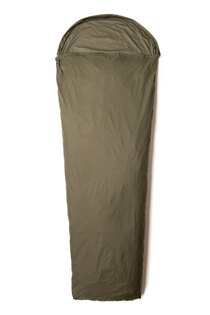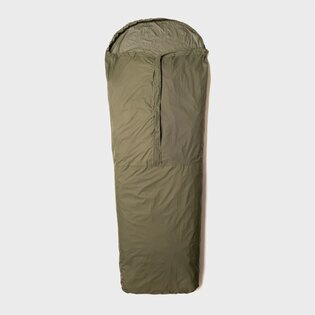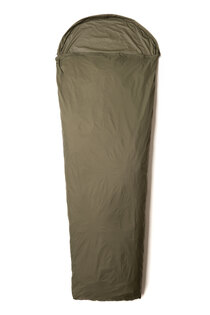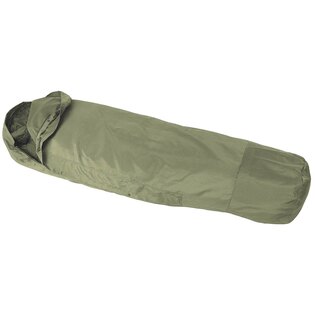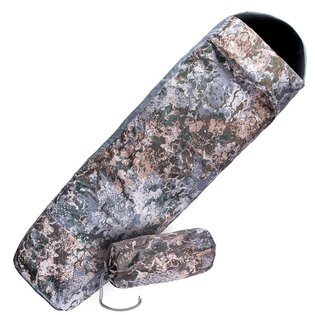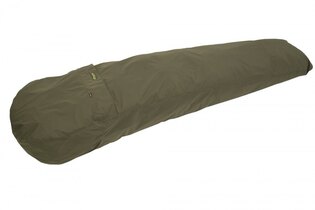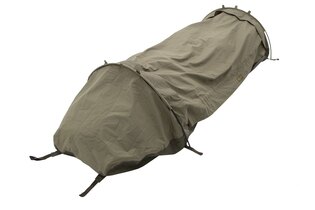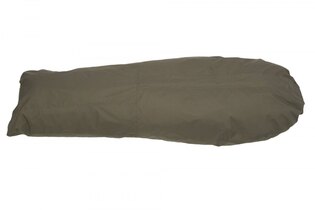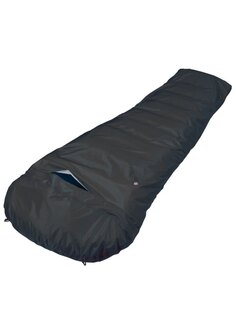Winter walk in the countryside - How to dress and what to bring?
Although you may not like winter as such, you will surely agree with us that the winter landscape has its charm and without winter, our life would certainly be much poorer. In the following article, we offer a few tips on how to dress for a walk through the winter landscape and what to pack just in case.
We will definitely not deal here with how to survive a night in the woods or anything similarly "survival-like." This time, we are genuinely aiming for a relaxed, peaceful walk. However, it can easily go wrong, and it is necessary to prepare for some unexpected situations. To start, we can point out that in lower temperatures, the batteries in electronics discharge faster, which means that before you go for a walk, at least charge your phone to full capacity – it probably won't last the whole day as usual.
Dress warmly
We probably don't need to remind you that the key is to dress appropriately. Hypothermia can set in sooner than you think. And even if you don't end up needing an ambulance, you definitely don't want to spend the next week bedridden with a cold. So let's look at things from a positive angle this time and explore what we can do right on a walk in winter nature.
It is important not only to have sufficiently warm clothing, but also to have the right composition. So start with thermal underwear, which adequately wicks moisture away from the body (yes, we sweat during activities even in winter). This first layer is sometimes referred to as the wicking layer. Thermal underwear includes not only underwear and socks, but also a t-shirt. If you do wear cotton, it should be combined with elastane or polyester. Pure cotton is not very suitable for moisture wicking, as it retains water instead.
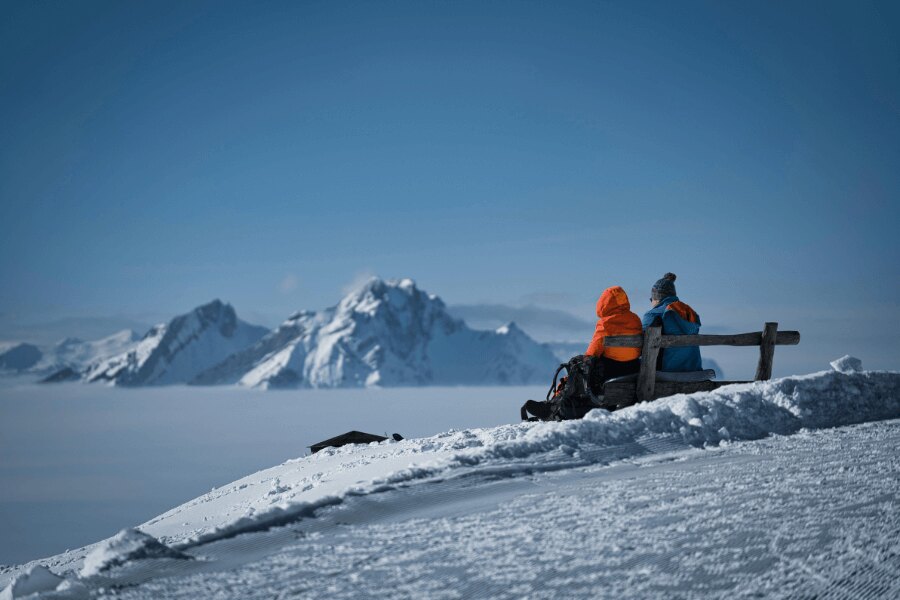
Dressing up for winter is the key.
The second layer is insulating. Its task is not only to keep body heat close to the body but also to "move" moisture (now in the form of water vapor) from the surface of the thermal underwear even further from the body. Special fabrics are used for this purpose, designed to have an air layer within them. This air layer is the foundation of the insulating function of the second layer.
The third layer must fulfill a protective function against both cold and wind and rain. This applies to both jackets and pants. A waterproof and windproof layer is important to prevent the cold from outside from taking away the body heat accumulated under the second layer of clothing. When choosing a winter jacket, you should also pya attention to the water column, which is defined as "the material's ability to withstand water pressure." The higher the water column, the better. And the longer you can search for temporary shelter in the rain or wet snow before the jacket eventually gets soaked (and sooner or later, every jacket will).
Finally, we have accessories. Despite commonly available information that up to 30 percent of heat escapes from the body through the head, we can assure you that heat escapes evenly across the skin surface. However, this does not mean you should not protect your head or hands. Quality hats and gloves will definitely come in handy, or a balaclava that will protect your face from the wind. Body extremities, in addition to fingers, also include the nose and ears. Extremities are the first to stop being supplied with heat by the body in case of hypothermia.
Good winter boots
Even on a short winter walk, it's essential not to underestimate the choice of quality footwear. Sneakers are not suitable for the terrain even in summer, let alone in freezing temperatures. Winter trekking boots should be comfortable and, above all, insulated. Additionally, their important quality should be water resistance, which most materials lose over time if the shoes are not properly maintained. Therefore, the choice of impregnation, waxes, and other shoe care products is also important. For the snow, ideally choose higher boots, which are less likely to let snow in. However, no footwear is effective enough if you wear unsuitable socks. You will definitely appreciate quality winter socks as well.
If soft snow or drifts are expected along the way, then we recommend combining your footwear with snowshoes. Walking with your snowshoes on is more comfortable because the larger surface area of the snowshoes reduces the likelihood of sinking with every other step. Try to walk twenty meters in snow-covered terrain with and without snowshoes, and you'll feel the difference. Walking without snowshoes would quickly exhaust you in such a case. This isn't too much of an issue if you're just planning to get some fresh air a few hundred meters behind the cottage, but on the other hand, a several-kilometer walk could exhaust you too much in such conditions.
Have a nice warm drink
When packing for a walk in nature, you should first think about something to drink. And especially in winter, a warm drink will be useful, which will stay warm thanks to a quality thermos. Whether you take tea or coffee with you, it's definitely better than drinking just cold water all day. Even for a half-day walk, it's ideal to pack at least a liter of tea per person. Coffee should be consumed just as a supplement to warm up and provide (temporary) energy.
Regular drinking of warm tea is an additional prevention against hypothermia. Combine it with properly layered clothing and you can be almost certain that your walk will have only positive outcomes. And not to forget – for greater effect, stir in some honey and lemon into your tea.
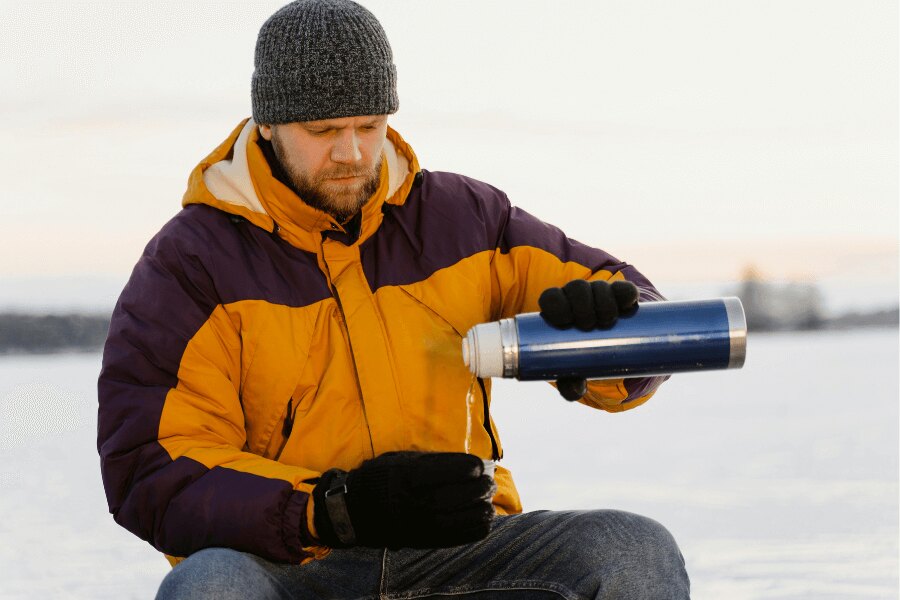
Regular drinking of warm tea is an additional prevention against hypothermia.
Pack energy for your journey
For a winter walk, don't just pack drinks, but also something to snack on. Especially if you plan to walk at least a few kilometers. Various protein bars are ideal as they quickly satisfy and provide necessary energy. Feel free to put some fruit in your backpack as well—apples, bananas, tangerines... with oranges, it's a bit more complicated, as peeling them in the field might be more difficult. However, as we will discuss further, a knife is also a suitable part of basic equipment.
Connoisseurs can, for example, prepare a surprise for their significant other at the travel destination in the form of a winter picnic. In such a case, we recommend dehydrated portions of food, which you can easily prepare in a few minutes even on snow. Of course, assuming it is not too windy, or you find suitable shelter in the terrain.
Get ready for every situation
For all cases, pack a few other important items in your backpack. And by the way, speaking of the backpack, it should be suitable for a short walk, not for multi-day trips with bivouacking. Therefore, you certainly don't need a tactical backpack with MOLLE webbing, which is otherwise a popular choice not only for military personnel but also for survival enthusiasts. A backpack for a winter walk should be primarily lightweight and waterproof. If you get caught in rain or snow, the gear inside should stay dry.
By this equipment, we mean not only food and drink but also a first aid kit. In our offer, you will also find lightweight and compact first aid kits with basic elements for first aid, such as bandages and plasters. And while we're at it, pack some disinfectant. For example, plum brandy is useful, which can be used for disinfection both externally and internally. For these purposes, we can offer flasks and shot glasses – so you can celebrate reaching a goal, even if it's a small one. Just don't overdo it with the internal disinfection, so it doesn't become counterproductive.
We have already indicated that practically essential equipment for any trip away from home is a quality knife. This can be useful for preparing food or starting a fire if you have such plans. Alternatively, you can use it to shape a piece of branch into an improvised hiking stick.
If you're planning a walk in areas you're not too familiar with, we recommend packing a map and a compass for the journey. These items won't add much weight to your backpack and will be incredibly useful in the field. And why take a paper map when you have everything you need in an app? Well, for one reason, your smartphone battery can drain quickly in the cold. Offline equipment is the most reliable for all situations.
As optional equipment, we recommend packing a flashlight or a headlamp, especially if you are not sure you will return from the winter trip before four in the afternoon. As is known, it gets dark earlier in winter than in other seasons, so it is more likely that you will find a flashlight in your backpack useful.
Connoisseurs can also pack crampons for icy terrain or a bivy bag and a tarp, but such extreme gear isn't necessary in our temperate zone conditions, especially if you're heading to familiar places and don't plan to walk more than a few kilometers. However, thanks to the above equipment, a walk with your significant other, children, or dog can be much more pleasant and safer. For inspiration on where to go for a winter walk, find more in our article here.
Readers are further interested
